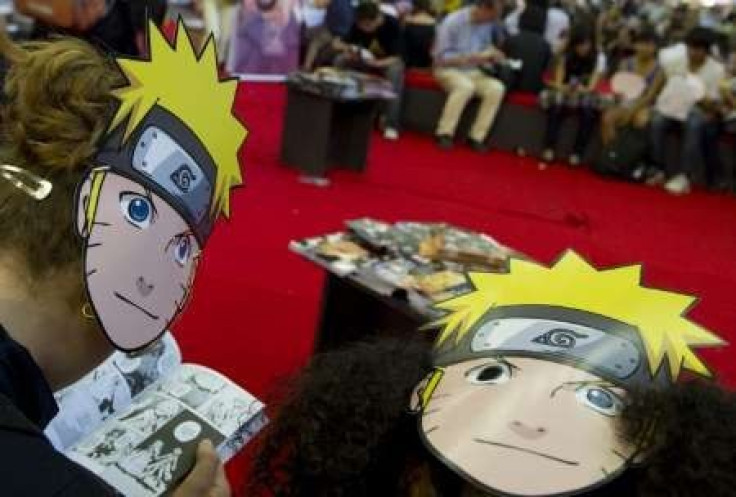Chinese manga artist draws his way into Japan market

Liu Chong, a Shanghai resident, has overcome stylistic differences and parental disapproval to realize his dream: publishing in a mainstream manga magazine in Japan, the home of manga comics.
Brought up on Japanese manga, like many Chinese of his generation, the 26-year-old who goes by the pen name of L-Dart made a name for himself in China before managing to cross the sea with his fantasy history graphic novel Killin-ji, which started running late last month in Monthly Big Comic Spirits.
Amid some media warnings that his debut marks the start of Japanese manga being outsourced to China, L-Dart joins a competitive market that is estimated by some at 406 billion yen ($3.6 billion) annually.
Now that my manga is going to be published in Japan, it is like showing off my (school) results slip to my parents, L-Dart told Reuters in his Shanghai office.
I can now tell them that I have come a long way in my profession and I have gained some achievement. Also, there is a lot of potential for my career.
Killin-ji is based on the Chinese historical novel Romance of the Three Kingdoms, but the drawings are strongly styled after Japanese manga.
While it is uncommon for Chinese artists to be published regularly in a Japanese comic magazine, it is not completely unheard of.
Monthly Big Comic Spirits is a newcomer, a spin-off from the more well-known weekly version, both published by Shogakkan. It already sells 26,000 copies a month and targets mostly 20 to 25-year-old males.
Chinese people have written for Japanese manga magazines in the past, but what surprised me about him is how close his manga was to the grammar of Japanese manga, said Takashi Hayakawa, editor of the Big Comic Spirits magazines.
Big Comic Spirits spent over a year with L-Dart, training him in the in-house style -- a process that was not easy at first since much of it took place via email and through translations.
But manga overcame all the problems.
For instance, if my (Japanese) editor had some thoughts, he would go through a translator to communicate with me. Sometimes, the translation might not be very clear, L-Dart said.
But through manga, he can draw something on a piece of paper and I can immediately understand him.
Manga culture has taken off beyond Japan and is especially popular in many parts of East Asia and some western nations, so it's no surprise that its artists have also moved overseas, allowing people such as Hayakawa to mine a wealth of talent.
But some Japanese media has warned that this is the start of the Japanese manga industry being outsourced overseas with cheap Chinese labor, the fate of many other Japanese industries.Big Comic Spirits says it pays L-Dart the same rate it would a Japanese newcomer. Publisher Shogakkan will not say how much this is, but the industry average is usually about 10,000 yen to 12,000 yen a page, said Yuriko Komura at the Manga Department of Tokyo Polytechnic University.
If L-Dart hits the jackpot and becomes famous, that could go as high as 100,000 yen, she added.
But L-Dart insists he isn't in it for fame or money.
My dream is to draw better. I want to draw out every idea that I have inside my brain, he said.
© Copyright Thomson Reuters 2024. All rights reserved.











